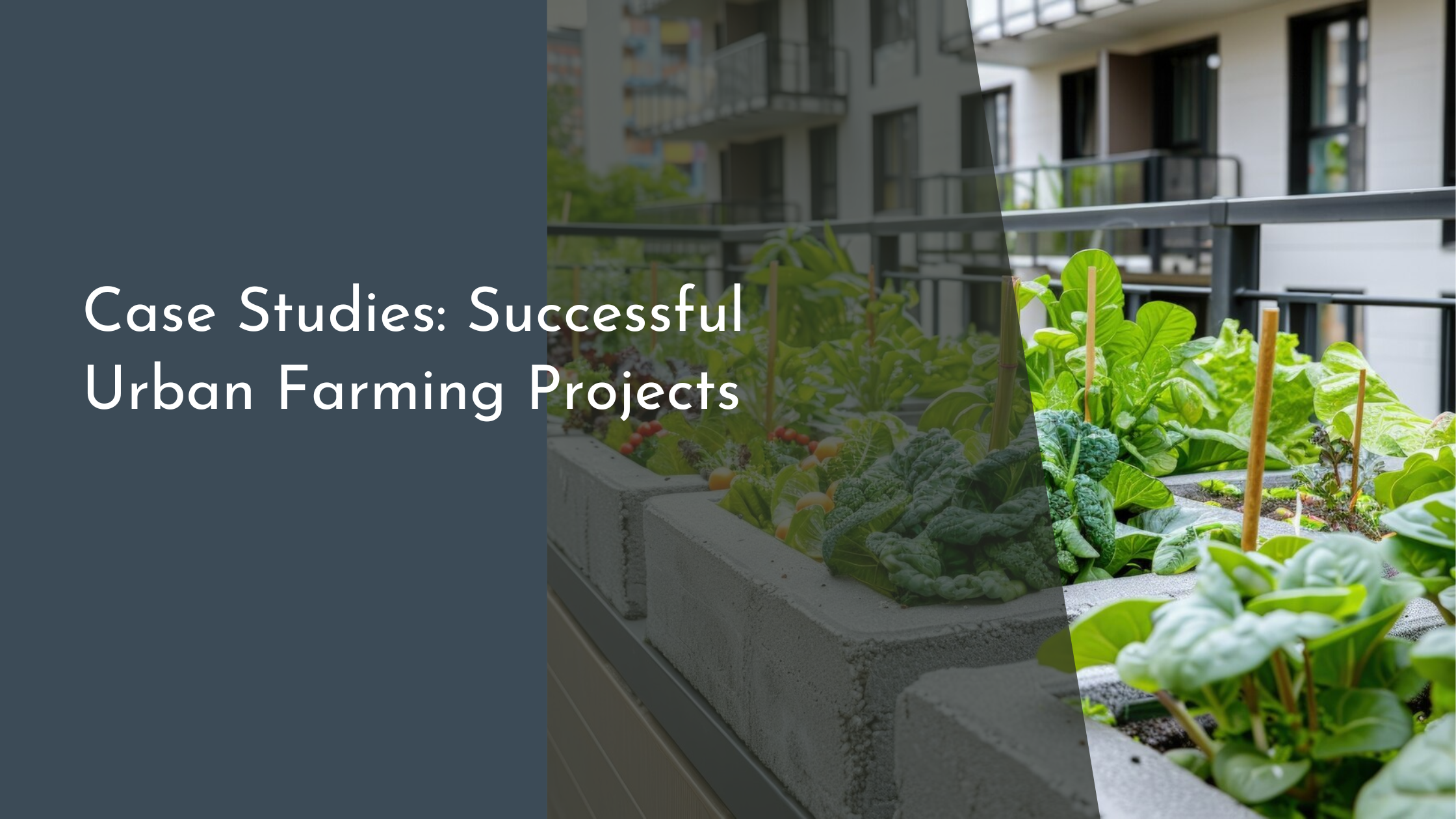Case Studies: Successful Urban Farming Projects
Urban farming has become a beacon of innovation and sustainability in the midst of sprawling cityscapes. By transforming underutilized urban spaces into productive agricultural sites, these projects not only contribute to local food security but also bring communities together and promote environmental sustainability. This article delves into successful urban farming projects, highlighting innovative techniques and models that have emerged, their impact on communities, and the sustainability benefits they offer. We’ll also explore what the future holds for these groundbreaking initiatives.
Innovative Urban Farming Techniques and Models
One of the most exciting developments in urban farming is the use of vertical farming techniques. This method maximizes limited urban space by stacking plant beds vertically, often using hydroponics or aeroponics to deliver nutrients directly to the plants’ roots. For example, companies like AeroFarms and Plenty have revolutionized the urban agriculture scene by building indoor farms that use significantly less water and land compared to traditional farming. These vertical farms are capable of producing large quantities of leafy greens and herbs year-round, regardless of the weather conditions outside. By harnessing cutting-edge LED lighting and climate control systems, these urban farms optimize growth cycles, reduce food miles, and contribute to local food sovereignty.
Another notable model is aquaponics, a system that combines traditional aquaculture with hydroponics in a symbiotic environment. This innovative approach not only allows for the cultivation of plants but also the raising of fish, creating a closed-loop system that minimizes waste and maximizes productivity. The GrowUp Urban Farms project in London exemplifies this model, successfully integrating fish farming with salad and herb production. The fish waste provides an organic nutrient source for the plants, while the plants help to filter and purify the water for the fish. Such projects illustrate how urban farming can creatively utilize resources to create sustainable food production systems in urban areas.
Community Engagement and Social Impact
Urban farming projects are not just about growing food; they are about growing communities. Initiatives like the Brooklyn Grange Rooftop Farm in New York City demonstrate how urban agriculture can become a hub of community engagement. This farm hosts educational workshops, farm tours, and volunteer programs, inviting city dwellers to connect with nature and learn about sustainable farming practices. By involving the community in the farming process, these projects foster a sense of ownership and responsibility towards the environment and food production.
The social impact of urban farming extends beyond education to address issues of food insecurity and social equity. In Detroit, for instance, the nonprofit organization Detroit Black Community Food Security Network has established several urban farms to provide fresh produce to underserved communities. These projects empower local residents by creating job opportunities, improving access to nutritious food, and supporting community-led initiatives. Through community-supported agriculture (CSA) programs, urban farms can supply affordable, fresh produce directly to local households, breaking down barriers to healthy food access.
Sustainability and Environmental Benefits
Urban farming is a key player in the fight against climate change. By reducing the distance food travels from farm to plate, these projects significantly cut down greenhouse gas emissions associated with transportation. Furthermore, urban farms often utilize organic farming practices, reducing the reliance on chemical fertilizers and pesticides that can harm the environment. Projects like the Hammarby Sjöstad initiative in Stockholm have incorporated circular economy principles, using resources like bio-waste and rainwater to nurture urban green spaces and support food production.
In addition to reducing carbon footprints, urban farms contribute to urban biodiversity and green space development. The presence of plants in urban areas helps to cool cities, combat the urban heat island effect, and improve air quality. Green roofs and walls not only offer spaces for food production but also create habitats for pollinators and other wildlife. The City Farm in Chicago is a prime example where farming practices have been integrated into urban ecology efforts, enhancing biodiversity while providing fresh produce to local communities.
The future of urban farming is bright, as more cities recognize the benefits of integrating agriculture into urban planning. With advancements in technology and a growing awareness of sustainable practices, urban farming is poised to address some of the most pressing challenges of our time—food security, climate change, and community resilience. As these projects continue to evolve and expand, they offer a hopeful vision of cities that are not only self-sustaining but also vibrant and inclusive. Whether through innovative farming techniques or community-driven initiatives, urban farming projects around the world are paving the way for a sustainable urban future.

